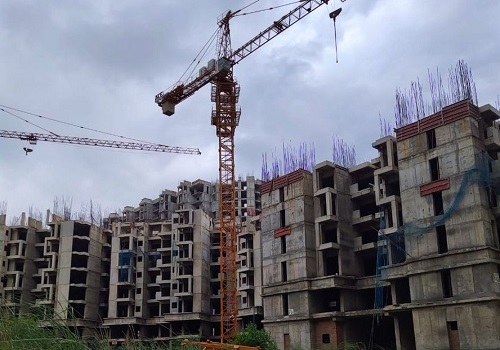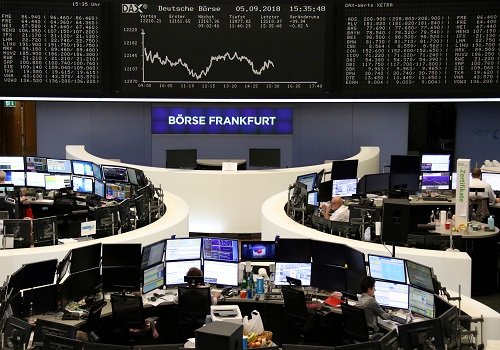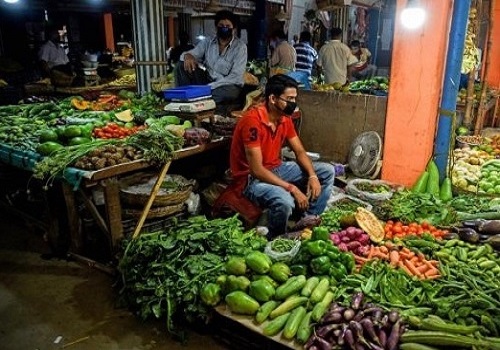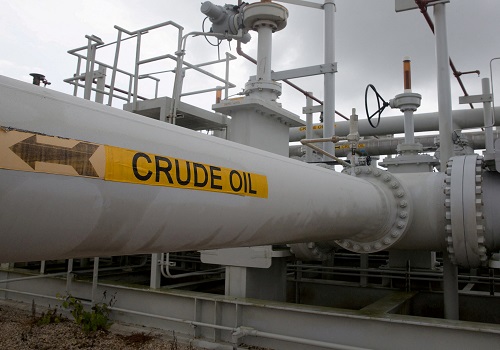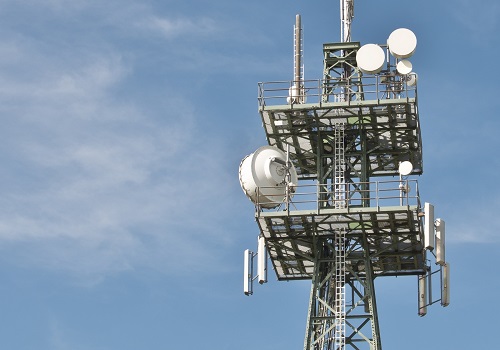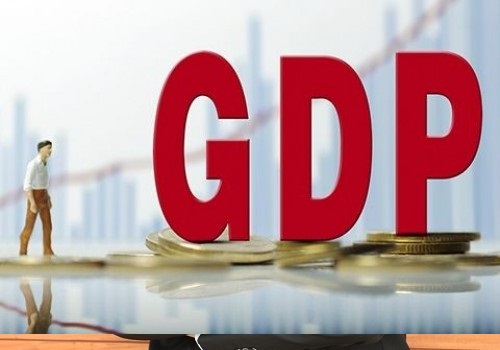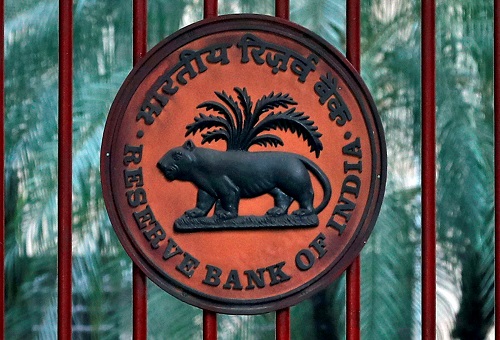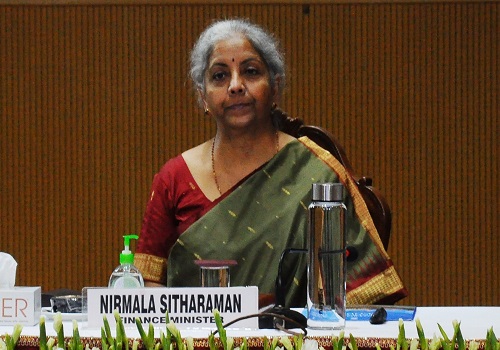Growth over Inflation: MPC expected to continue with status quo - Brickwork Ratings

Follow us Now on Telegram ! Get daily 10 - 12 important updates on Business, Finance and Investment. Join our Telegram Channel
Growth over Inflation: MPC expected to continue with status quo
Brickwork Ratings, Bengaluru, 07February 2022: With the economy still in the recovery mode with the pandemic continuing to disrupt the recovery process, the MPC is expected to keep the policy rates stable at current levels in its upcoming meeting, to be announced on 10 February, despite the persistence of higher inflation. However, there is limited scope for MPC to continue with the current policy stance for long, as supply chain disruption, elevated level of borrowing shown in the budget and rising crude oil prices amid excess liquidity may exert pressure on inflation.
Liquidity management by RBI to support financial stability
Supporting the broad based economic recovery remained a priority for the RBI’s Monetary Policy Committee (MPC) since the outbreak of COVID-19 beginning March 2020. After reducing the policy repo rate by 115 basis points from February to May 2020, the MPC has maintained thestatus quo and kept the policy repo rate at 4%, along with an accommodative policy stance. The Marginal Standing Facility (MSF) rate and the reverse repo rate have also remained unchanged at 4.25% and 3.35%, respectively. Huge liquidity infusion by the RBI has kept the system in surplus, helping the central and state governments to finance themselves at lower rates.
Accommodative policy stance and surplus liquidity has continued in 2021-22, while the RBI resumed normal liquidity operations in a phased manner in sync with the revised liquidity management framework. Beginning with rebalancing liquidity from passive absorption under fixed rate reverse repo under its Liquidity Adjustment Facility (LAF) to market based reverse repo auctions like Variable Rate Reverse Repo (VRRR), the 14-day VRRR auctions were deployed as the main operation under the LAF. To mop up excess liquidity, the size of 14 day VRRR was gradually enhanced to Rs 7.5 lakh crore by end December 2021. The cash reserve ratio was gradually raised to the pre-pandemic level of 4% by May 2021. Yet, the net durable liquidity remained in surplus at Rs 10 lakh crore as on 14 January 2022. The daily liquidity absorption underthe LAF averaged Rs 8 lakh crore between15 December and January 13, 2022, and stoodat Rs 7 lakh crore as on 3 February 2022. Hence the RBI may continue with draining excess liquidity.
Growth remains a priority, despite inflationary worries
RBI and the government took a number of steps to support the economic activities, helping the economy to recover from the COVID-19 pandemic disruptions. However, repeated waves of the pandemic have disrupted the recovery process. Even as the economy has shown a revival, the first advanced estimate of GDP for the current fiscal shows that it is just 1.2% higher than the pre-pandemic level. The first advance estimate of GDP for 2021-22 has pegged the growth at 9.2%, which is lower than the RBI’s estimate of 9.5%. In fact, the revision in the estimates of the earlier years’ has led to a downward revision of this estimate to 8/6%. In some contact-intensive sectors, the revival has been slow and is yet to reach the 2019-20 level. A significant slowdown in manufacturing sector growth, in particular, is a matter ofconcern as this will also have an impact on employment. Virtually, all the growth engines, except public investment and exports, have been stuttering; both private consumption and investment are yet to revive.Risk to growth tilted downside following the emergence of new COVID-19 variants, prolonging the economic recovery. Supply chain disruptions and rising international commodity prices added to the woes.
Considering the economic impact of the third wave of the pandemic and downside risks to the recovery process, Economic Survey 2021-22 has projected 8 to 8.5% growth in India’s real GDP in the next fiscal. This is lower than the IMF and World Bank’s latest growth forecasts of 9% and 8.7%, respectively. The impact of the pandemic on the economy is huge, hence, the Union Budget 2022 also has given greater emphasis on growth acceleration, rather than achieving fiscal consolidation. The budget has increased the capital expenditure to a record level of 2.9% of GDP to nurture growth and pegged the fiscal deficit at 6.4% of GDP for 2022-23.
Inflation Outlook
The CPI inflation rate crossed the 5.5% mark after five months in December 2021, increasing by 68 basis points over the previous month. After softening from their elevated levels, crude oil prices have also started moving up and crossed USD90 per barrel recently, building the pressure on fuel inflation. Persistent supply constraints may increase cost push pressures, already evident in WPI inflation, which persisted in double-digit levels since the last nine months. Food inflation is also expected to increase further due to supply bottlenecks and adverse weather conditions, in addition to the waning base effect. With a low base and continued supply-side concerns, we expect retail inflation to remain close to 6% in Q4FY22. Although the inflation outlook for Q4 estimated by the RBI at 5.7% is below the upper band of the target, it needs close monitoring as there has been a consistent rise in inflation in the past three months. Advanced economies have already started normalizing their policy rates on the back of mounting inflationary pressures. In fact, the bank of England has already announced the increase in the policy rate by half a percentage point. There is a heightened risk of capital outflows from India due to the withdrawal of liquidity by the advanced economies. Thus, MPC may need to start on a tightening path if inflation continues to rise..
Expectations from the MPC
Mounting inflationary pressures are real, hence MPC may continue unwinding its liquidity while maintaining the accommodative stance. With the budget estimates of higher borrowings for the next fiscal, bond yields have already started rising.
In short, considering the Covid variant Omicron impact on economic recovery, the RBI may continue to hold the policy rates at current levels in the upcoming policy meeting. We expect the MPC to start increasing the policy rates beginning with normalizing the policy corridor between repo and reverse repo rate. We expect the RBI to hike the reverse repo rate in its April 2022 policy meeting.
The outlook on inflation and growth may remain unchanged for the current fiscal, while the statement is keenly awaited for its forward guidance on inflation and the GDP for the next fiscal.
Above views are of the author and not of the website kindly read disclaimer













